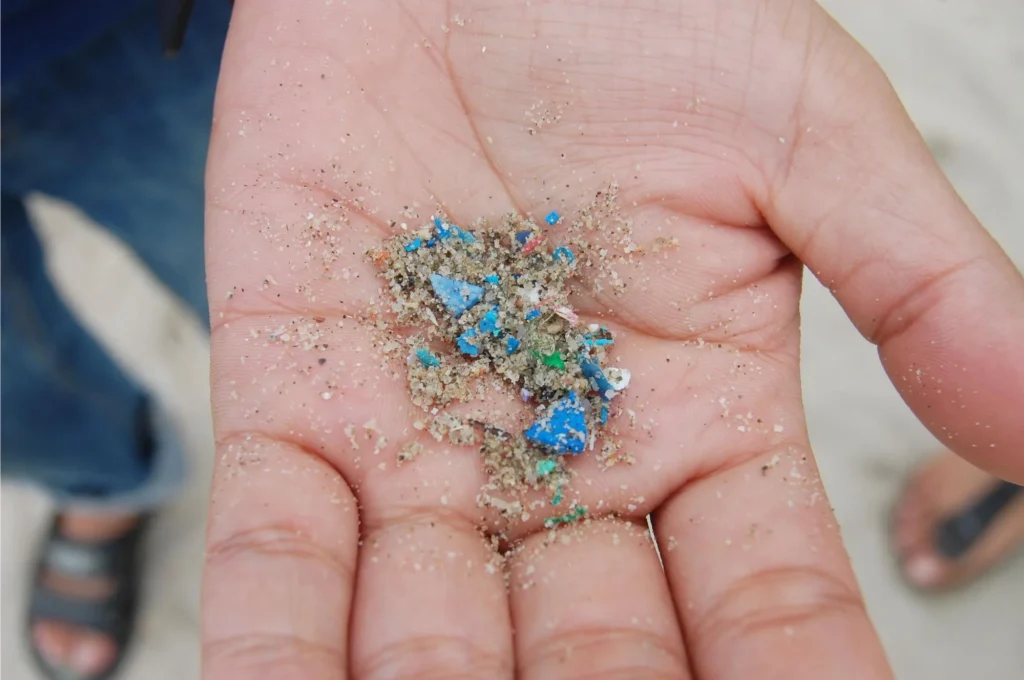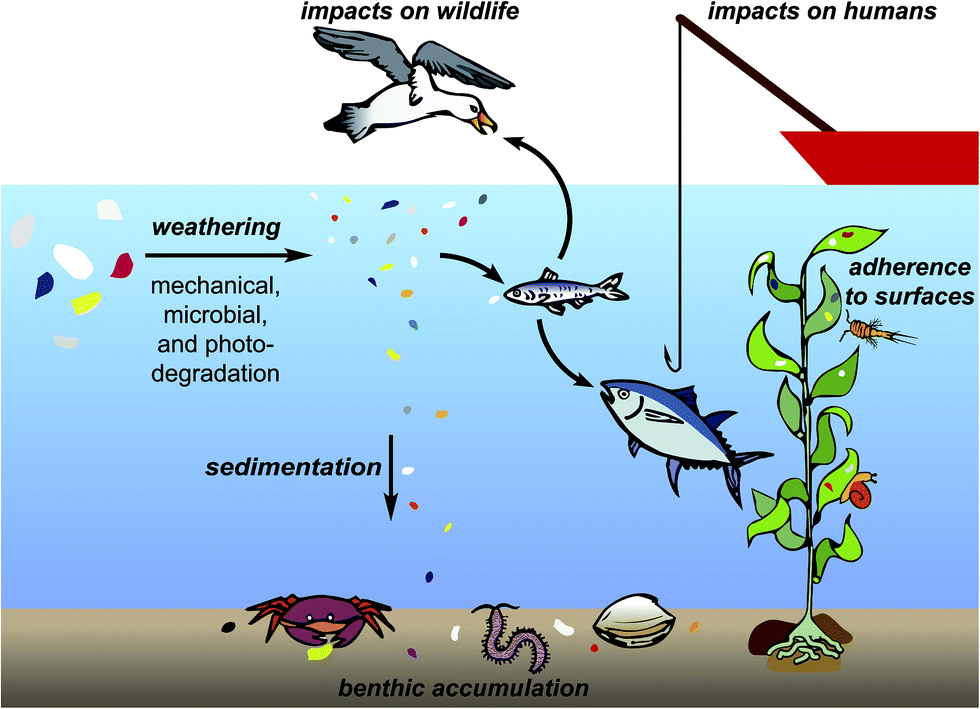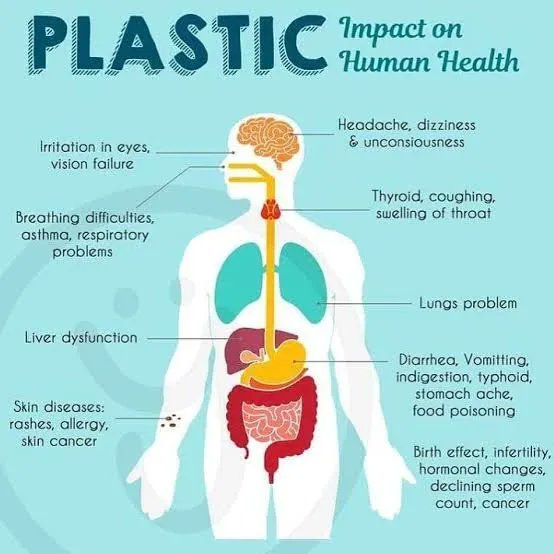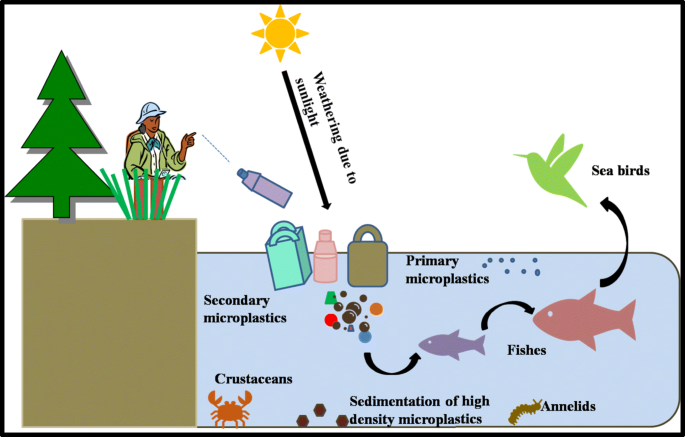Impact of Microplastics on Marine Life and Human Health
In recent decades, the pervasive presence of plastic pollution has emerged as a significant threat to marine ecosystems worldwide. Among the most concerning aspects of this pollution are microplastics—tiny fragments of plastic less than 5 millimeters in size—that have infiltrated marine environments from coastlines to the deep ocean. The detrimental effects of microplastics extend beyond marine life, posing potential risks to human health as well. This article explores the profound impact of microplastics on marine organisms and the implications for human well-being.

Sources and Spread of Microplastics
Microplastics originate from various sources, including the breakdown of larger plastic debris such as bottles and bags, as well as from microbeads used in personal care products like exfoliating scrubs. These particles are also shed from synthetic textiles during washing and can enter water bodies through runoff, wastewater discharge, and atmospheric deposition. Once in the marine environment, microplastics persist for extended periods, accumulating in sediments, floating on the water surface, and being ingested by marine organisms at various trophic levels.
Impact on Marine Life
The ingestion of microplastics by marine organisms is a widespread phenomenon with profound ecological implications. Filter feeders such as mussels and oysters, as well as planktonic organisms like zooplankton, can mistake microplastics for food particles, leading to blockages in their digestive systems, reduced feeding efficiency, and impaired growth and reproduction. Larger marine species like fish, sea turtles, and marine mammals can also ingest microplastics indirectly through their prey, potentially exposing them to toxic chemicals that adhere to the plastic surfaces.
Moreover, microplastics can alter the behavior of marine organisms, affecting their ability to detect predators or find food. The accumulation of plastic debris in habitats such as coral reefs and coastal mangroves can disrupt ecosystem dynamics and reduce biodiversity, threatening the resilience of marine ecosystems to climate change and other stressors.

Human Health Concerns
While the direct impact of microplastics on human health is still being researched, there is growing concern about the potential health risks posed by the ingestion of microplastics through seafood consumption, drinking water, and even the air we breathe. Studies have detected microplastics in seafood such as fish, shellfish, and salt, raising questions about the transfer of plastic particles and associated chemicals into the human body.
Microplastics have been found to adsorb and concentrate toxic pollutants such as persistent organic pollutants (POPs) and heavy metals from the surrounding water, which can accumulate in higher concentrations as they move up the food chain. The health implications of chronic exposure to these contaminants through microplastics are not yet fully understood but could potentially contribute to adverse effects on human health, including inflammation, oxidative stress, and disruptions in hormonal balance.

Environmental Persistence and Impact:
Microplastics can persist in the environment for extended periods, posing threats to marine organisms through ingestion, entanglement, and the adsorption of toxic chemicals. These particles can accumulate in sediments, surface waters, and deep-sea habitats, where they pose risks to biodiversity and ecosystem health. Furthermore, the ability of microplastics to adsorb pollutants such as persistent organic pollutants (POPs) and heavy metals raises concerns about their potential transfer through the marine food web, ultimately affecting human health through seafood consumption.

Mitigation and Future Directions
Efforts to mitigate the impact of microplastics require a multi-faceted approach encompassing scientific research, policy initiatives, public awareness campaigns, and technological innovations. Strategies include the development of sustainable alternatives to plastic products, improved waste management practices to reduce plastic leakage into the environment, and the implementation of regulations to ban or restrict the use of microplastics in consumer products.
Innovative technologies for the detection, monitoring, and removal of microplastics from aquatic environments are also being explored. Additionally, fostering global cooperation and advocacy for marine conservation is essential to address the root causes of plastic pollution and promote the sustainable management of marine resources.
Conclusion
The pervasive presence of microplastics in marine environments poses a complex and escalating threat to marine life and potentially human health. Addressing this challenge requires concerted efforts at local, national, and international levels to reduce plastic pollution, protect marine ecosystems, and safeguard public health. By raising awareness, implementing effective policies, and advancing research and innovation, we can work towards a cleaner, healthier future for both marine life and humanity.
One thought on “Impact of Microplastics on Marine Life and Human Health”
An excellent read that will keep readers – particularly me – coming back for more! Also, I’d genuinely appreciate if you check my website UQ9 about Cosmetic Treatment. Thank you and best of luck!